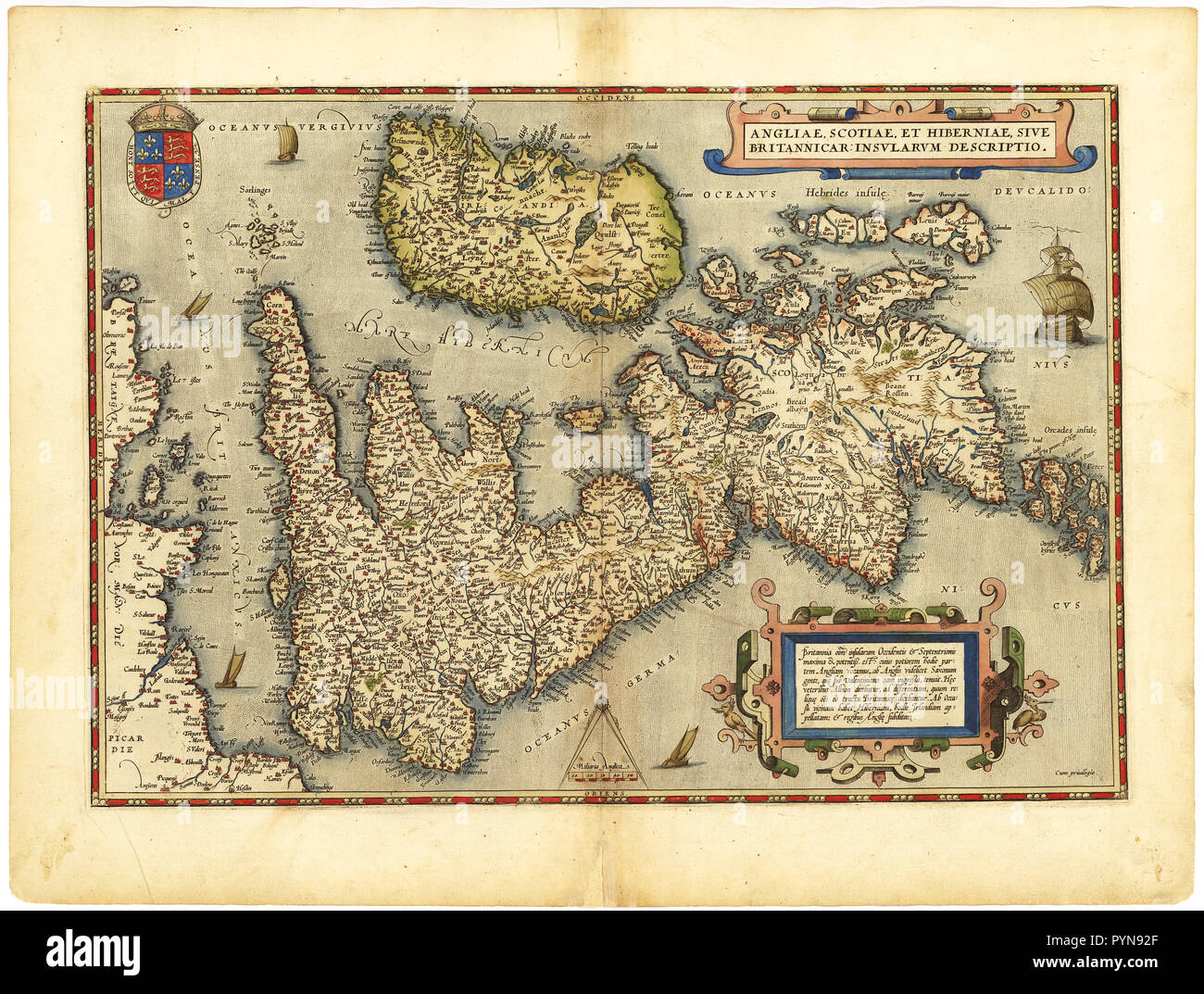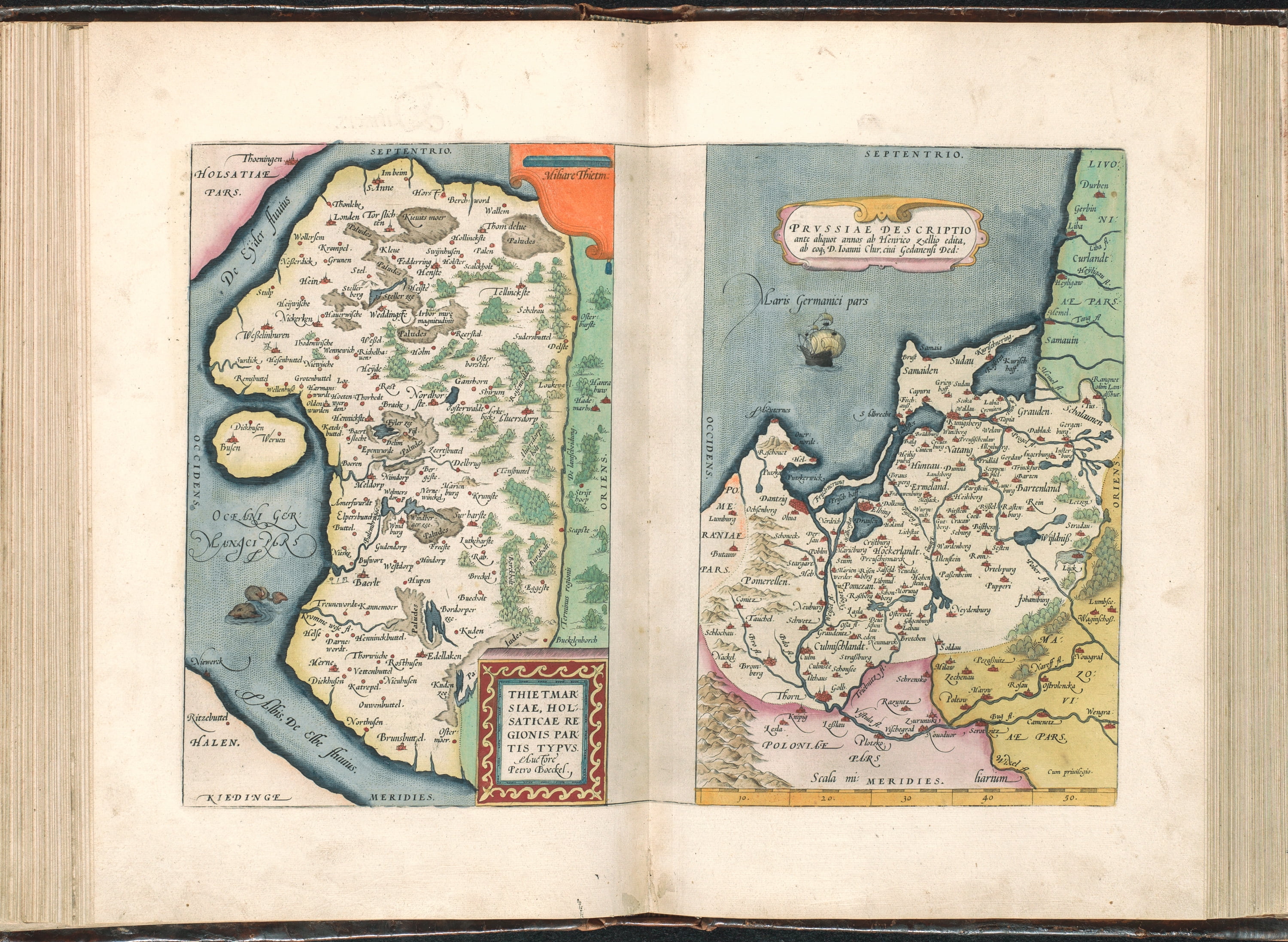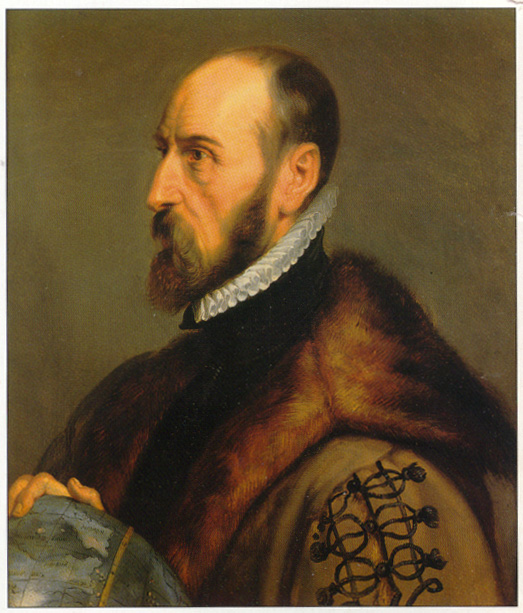

Home to different groups throughout history: At one time in history, the Islands provided refuge for English pirates.Formation: There are 13 main islands in total, and 7 smaller islands, and more than 200 islets and rocks.Population distribution: There are 13 main islands, 7 smaller islands, and 107 islets, out of which in only 5 have people living on them: Baltra, Santa Cruz, San Cristobal, Isabela, and Floreana.Galapagos’ total population is more than 25,000 people the majority live in Santa Cruz. Population: Even though, nowadays is restricted to move to the islands.Oldest of them all:Española, being almost 4,000,000 years old has moved the most towards the South American continent.Islands evolution: Isabella, the largest island, and Fernandina, which is the youngest island being 1,000,000 years old, are still forming and are still changing shape!.Last volcanic extension: In the eruption of 2009, the coast line of Fernandina Island changed.The Pacific, Cocos and Nazca plates have resulted in 13 volcanic eruptions in the last 100 years. Area prone to volcanic activity :Since the Galapagos Islands are located where three tectonic plates meet.However, researchers speculate they were formed around 3 to 4 million years ago which means that is a very young archipelago compared to Earth’s age which is around 4.45 billion years old. Age: The exact age of the Islands is unknown.Size: The Archipelago group consists of 7,880 km² (3,040 mi²) of land spread over 45,000 km² (17,000 mi²) of ocean.Which means that there is summer all year long! Location: The archipelago lay on either side of the Equator Line.Belongs to: As part of Ecuador, a group of volcanic Islands and Islets that lie in the Pacific Ocean, around 973 kilometers west from the continental coast.Famously known for: It became a National Park in 1959, declared a Biological Marine Reserve in 1986, a UNESCO World Heritage Site in 1978, it became a whale sanctuary in 1990, and one of the most popular tourist destinations on Earth.Baptizing the islands: The Flemish cartographer, Abraham Ortelius gave the archipelago its name to include it in a World Atlas for the first time.Inspiration for the Islands name: Because of its most famous inhabitants: the giant tortoises (Chelonoidis), they were described as “Insulae de los Galopegos” “islands of the turtles.”.Enchanted Islands : When the Spaniard, the archbishop of Panama, Tomas de Berlanga firstly saw the archipelago, he mentioned that they were “enchanted”, due that among the mist and fog and the rise of the tide they looked, from far away, as they seemed to disappear.Discovering the Islands: Antique records show that in 1535 they were discovered by a Panamanian Archbishop Fray Tomás de Berlanga.

And guess what? They are still growing today!

The atlas consists of one engraved portrait of Ortelius by Philip Galle, a woodcut architectural title border, 30 engraved double-page maps and two engraved double-page views. The present edition of 1595 is usually bound with the 1595 Latin edition of the Theatrum Orbis Terrarum. During the following years, more map were completed and the Parergon became an atlas in its own right. The Parergon maps began appearing as supplements within Ortelius main work the Theatrum Orbis Terrarum in 1579 with 3 maps. An atlas of the ancient world by Abraham Ortelius.


 0 kommentar(er)
0 kommentar(er)
